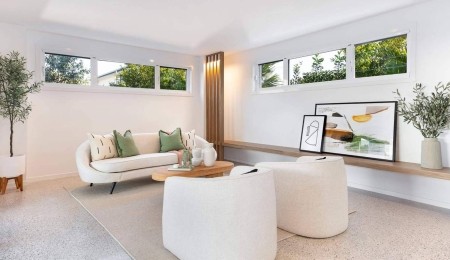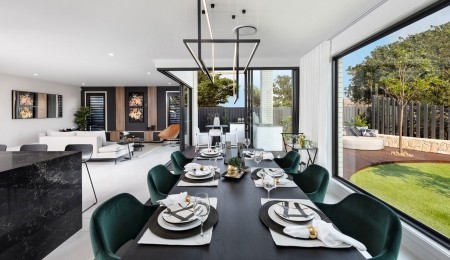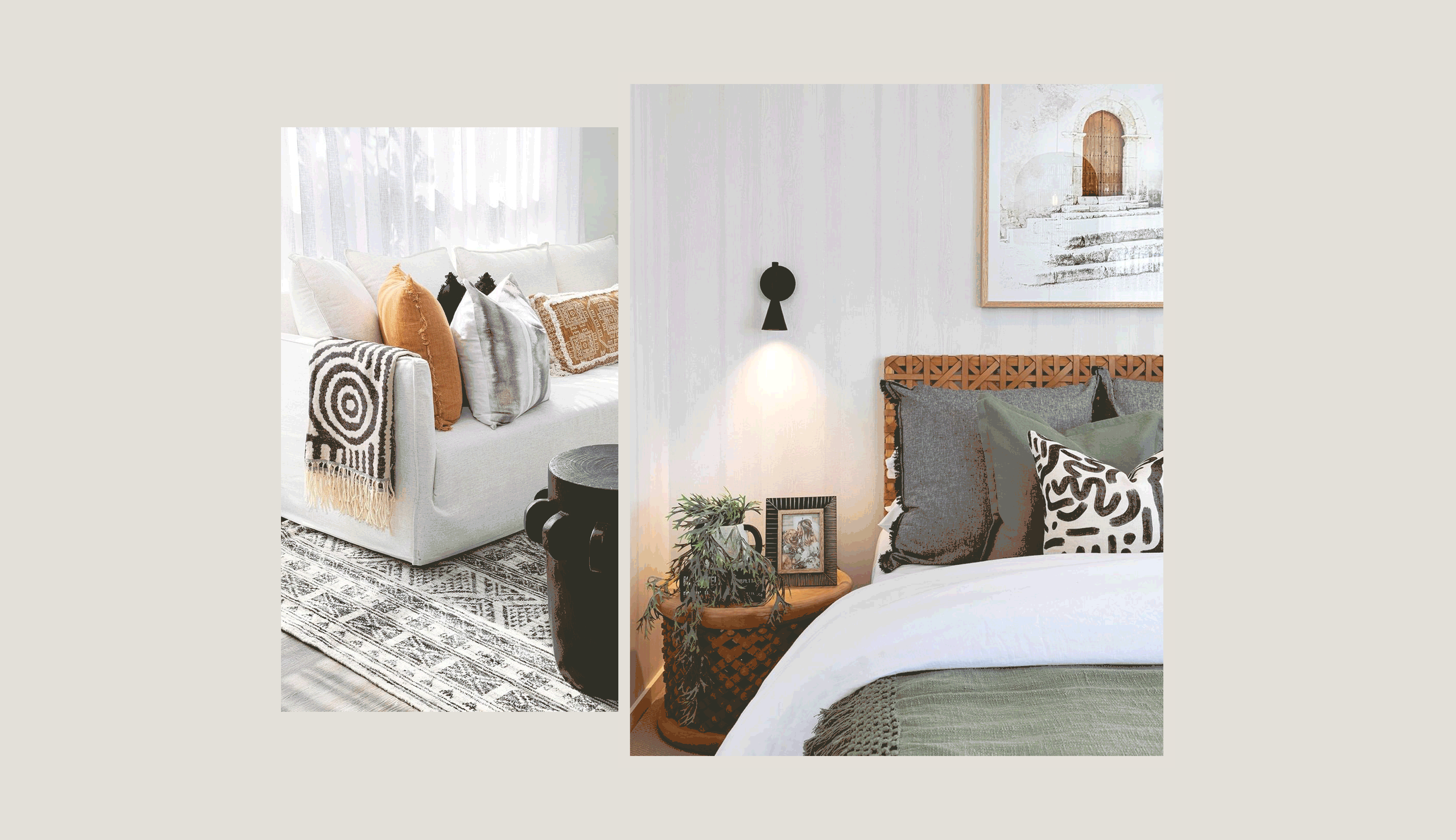How Interior Design Affects Our Mental Health
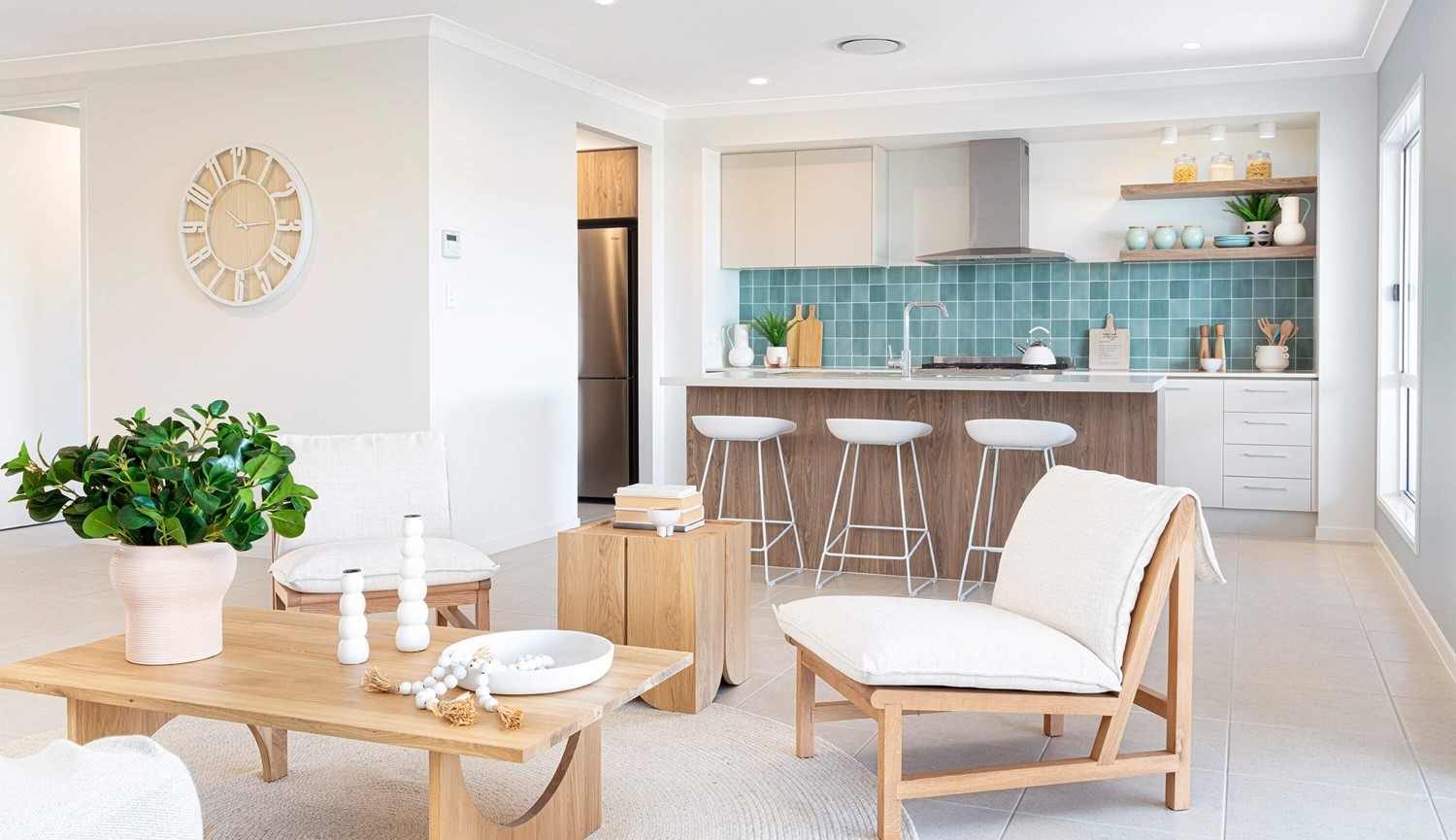
Many people aren’t aware of the true work that interior designers undertake, since on a surface level it seems that all they do is make an indoor space look pretty. However, an interior designer’s work goes far beyond that, and can even contribute to mental wellness among their clients. But how does interior design impact on mental health, exactly?
When you consider the space around you, it’s likely that you have an emotional and mental attachment to it, particularly if it’s in your home. It’s also a space in which you feel protected and where you can express yourself, becoming a haven against the outside world.
Here’s how design and mental health entwine, and how you can use interior design in your home to create a place where you truly feel at peace.
Why Interior Design is Important to Our Mental Wellness
In addition to your home being a sanctuary and a place where you can relax and spend a bit of “me time”, it’s also important to acknowledge just how much time we spend indoors. It’s generally recognised that Australians spend about 90% of our time indoors – so just imagine what impact a horribly cluttered room will have on your brain if you’re in it almost 24/7!
When you’re working for 8 hours a day, then spending a lot of time sleeping, cooking and cleaning, it’s understandable that it can be difficult to get outside, which is why relaxing bedrooms and other well thought-out spaces are so important when it comes to good mental health.
The Psychology Behind Interior Design
Whether you’re designing a home or looking to make the best of an indoor space, knowledge from psychology is often adopted to help improve the emotional aspects of a space. For example, if you want a sense of freedom, look for open space; if you want to boost communication, define a communal area, such as a family dining table.
Many cultures overseas have already done a lot of work in this field, particularly in China, where the philosophy of feng shui has been used for centuries the balance the energy (or “chi”) and the feeling of a room. Studies have also been done in the neuroscientific world to show that certain spaces do in fact have an impact on the human brain, evoking positive or negative emotional responses. This in turn has led architects and interior designers to consider mental wellness when creating spaces.
Aspects of Interior Design To Consider For Mental Health
Colour

Living Room of the Piper 39 on display at Newport.
You may have heard the theory that colour evokes emotion, which is why for instance red is a colour present in many fast food chains. This is because red triggers stimulation, appetite, hunger, and of course draws attention. Similarly, colour impacts our mood around the home too. This may be why neutrals are such a popular colour when it comes to wall paint – it doesn’t over-stimulate, and lays the foundation for creating both comforting areas and a sense of space and light. It also makes for a relaxing bedroom colour.
Clutter
There’s a reason why overwhelming clutter is often linked to poor mental health: at times, depression can become so debilitating that even summoning the energy to clean a small portion of a room can be overwhelming. This is why it’s important to keep your home clear from unwanted clutter: it will stop you drowning in your own emotions, per se. After all, don’t we always feel better after the house has been thoroughly cleaned?
Light

Ensuite of the Mika 35 on display at Providence South Ripley.
Isn’t it always glorious to enjoy your morning coffee in a sun-drenched room? It’s no coincidence: sunlight reduces depression. This is because sunlight helps the brain to release a hormone known as serotonin, which is associated with boosting mood and helping a person feel calm and focused. So, if you want to design your room with mental wellness in mind, don’t forget to let the sunlight in.
Cohesion
While you might not want every furniture piece in a room to perfectly match, it’s always important to consider the balance within a room. If you’ve ever walked into a room and felt uneasy, it’s likely that the balance and cohesion of the room was entirely off. This is because the human brain is always looking to break things down into something that’s simple and understandable. Harmony and unity therefore go a long way when it comes to design and mental health.
Natural Elements
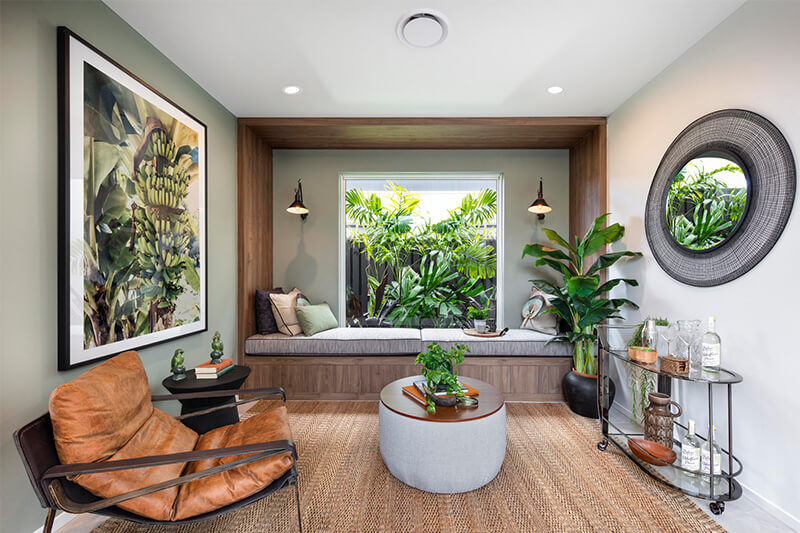
Entertainment in the Harper 29 on display at Aura Caloundra West.
Whether you’re a natural green thumb and love indoor plants or simply love the look of natural timber furniture, the natural elements of a room can truly give a boost to your mental health. As humans, we evolved from living in nature to become the modern beings that we are today; the inclusion of natural and organic elements in a room serve as a reminder of this and can in turn improve your mood. Plants are also known to lower stress and improve the air quality in a space – so the more the merrier, we think!
With mental health being such an important aspect of our lives, it’s critical that we do whatever we can each and every day to strive for mental wellness. Find more inspiration for a beautiful, livable home that makes you happy, with Brighton.

